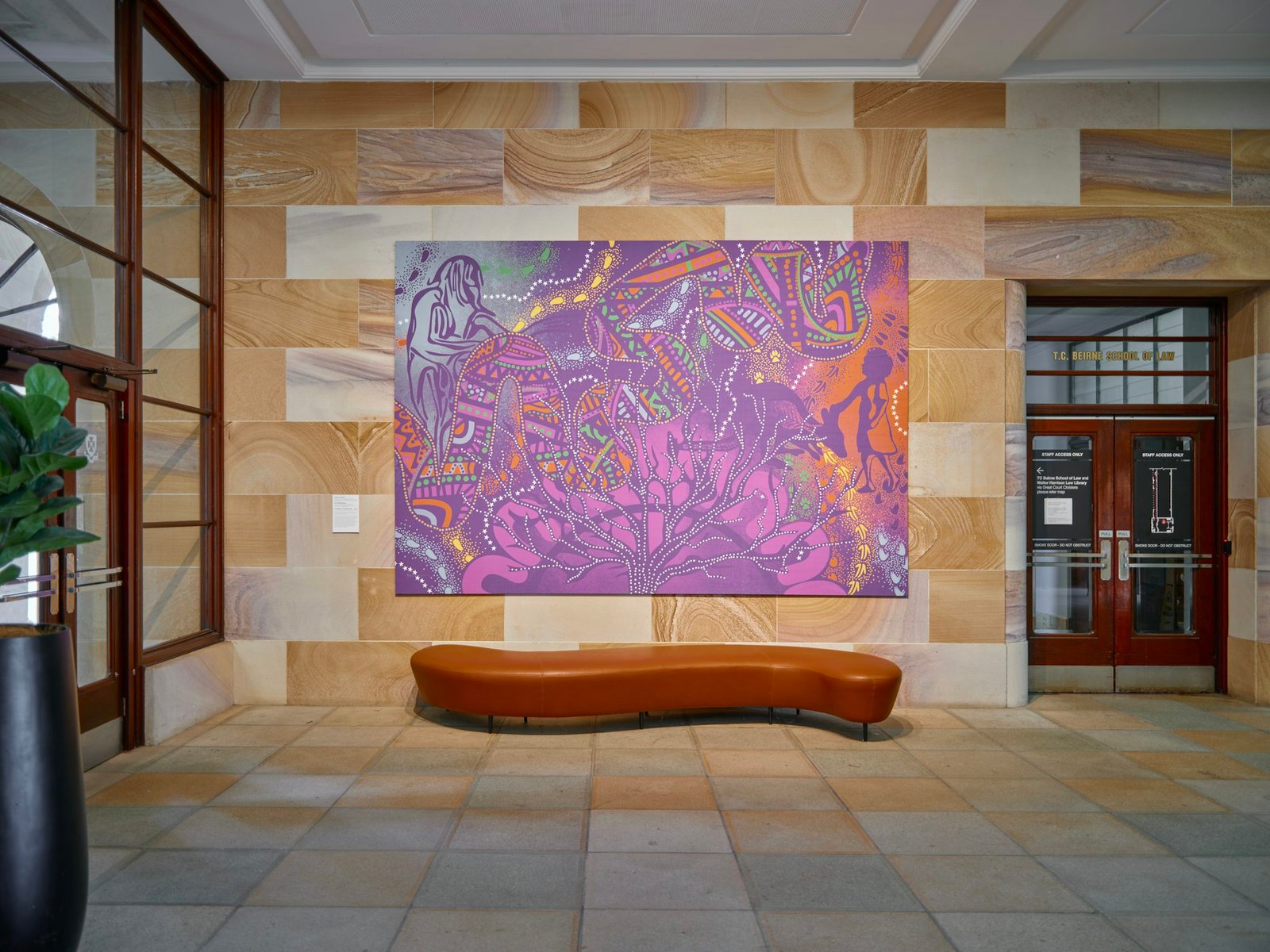tutxbox.xyz
Learning This article College explores the significance of integrating tutxbox arts Teaching into education, highlighting its benefits for student engagement, critical thinking, and overall academic School success.
Arts integration involves blending various forms of art—such as music, dance, theater, and visual arts—into traditional subjects like math, science, and language arts. This interdisciplinary approach not only makes learning more engaging but also encourages students to see connections between different areas of knowledge. When students are exposed to arts within their academic studies, they develop a deeper understanding of concepts and College are more likely to retain information.
One of the most compelling benefits of arts integration is its ability to enhance student engagement. Traditional teaching methods can sometimes lead to a lack of motivation among students, particularly when they find the material dull or irrelevant. By incorporating creative activities into lessons, educators can capture students' attention and spark their interest. For instance, a history lesson could be transformed by having students create a dramatic reenactment of a significant event, making the content come alive in a way that a textbook simply cannot.
Moreover, arts integration fosters a positive classroom environment where students feel safe to express themselves. In a creative setting, students are encouraged to share their ideas and collaborate with peers, fostering a sense of community. This collaborative atmosphere not only enhances social skills but also boosts students' confidence as they see their contributions valued and appreciated.
Beyond engagement, arts integration has been shown to improve critical thinking skills. The creative process encourages students to think outside the box, analyze situations from different perspectives, and devise innovative solutions to problems. For example, when students are tasked with creating a visual representation of a scientific concept, they must synthesize their understanding of both art and science, which deepens their comprehension. This kind of cross-disciplinary thinking is essential in an increasingly complex world, where problems often require multifaceted approaches.
Additionally, integrating arts into education can lead to improved academic performance. Research has shown that students who participate in arts programs tend to perform better in standardized tests and have higher GPAs. This correlation can be attributed to the enhanced cognitive skills developed through artistic activities. Skills such as observation, interpretation, and synthesis are cultivated through the arts, which translate into better performance in other academic areas.
One example of successful arts integration can be found in schools that have adopted project-based learning. In this model, students work on projects that require them to apply knowledge from various subjects to create a cohesive final product. For instance, a project might involve students researching a historical event, creating a visual representation of it, and then presenting their findings through a performance. This approach not only reinforces the content but also allows students to explore their creative interests and develop a wide range of skills.
Furthermore, arts integration can also support students with diverse learning needs. For students who may struggle with traditional learning methods, the arts provide alternative avenues for expression and understanding. For instance, a student who has difficulty reading might excel in creating a visual art project that represents a story or concept. By allowing multiple means of engagement and expression, arts integration ensures that all students have the opportunity to succeed.
To effectively implement arts integration in the classroom, educators must be intentional in their approach. First, it is crucial to provide professional development opportunities for teachers, enabling them to explore ways to incorporate arts into their lessons. Collaboration among teachers from different disciplines can also yield creative ideas and shared tutxbox resources, fostering a culture of innovation within the school.
Additionally, schools can partner with local arts organizations to bring in artists and performers who can provide workshops or demonstrations. This collaboration not only enriches the educational experience but also exposes students to the world of professional arts, inspiring them to explore their creative potential further.
Moreover, incorporating technology can enhance arts integration by providing students with new tools for creative expression. Digital art programs, music production software, and video editing applications allow students to create and share their work in innovative ways. By integrating technology into the arts, educators can prepare students for a future where creativity and technology go hand in hand.
In conclusion, the integration of arts into education is a powerful strategy for nurturing creativity and enhancing overall academic success. By engaging students through creative expression, fostering critical thinking, and building a positive classroom environment, arts integration prepares students to thrive in a complex world. As educators embrace this approach, they not only enrich their students' educational experiences but also cultivate a generation of innovative thinkers and problem solvers. Ultimately, investing in arts integration is an investment in the future, empowering students to unlock their full creative potential and contribute meaningfully to society.